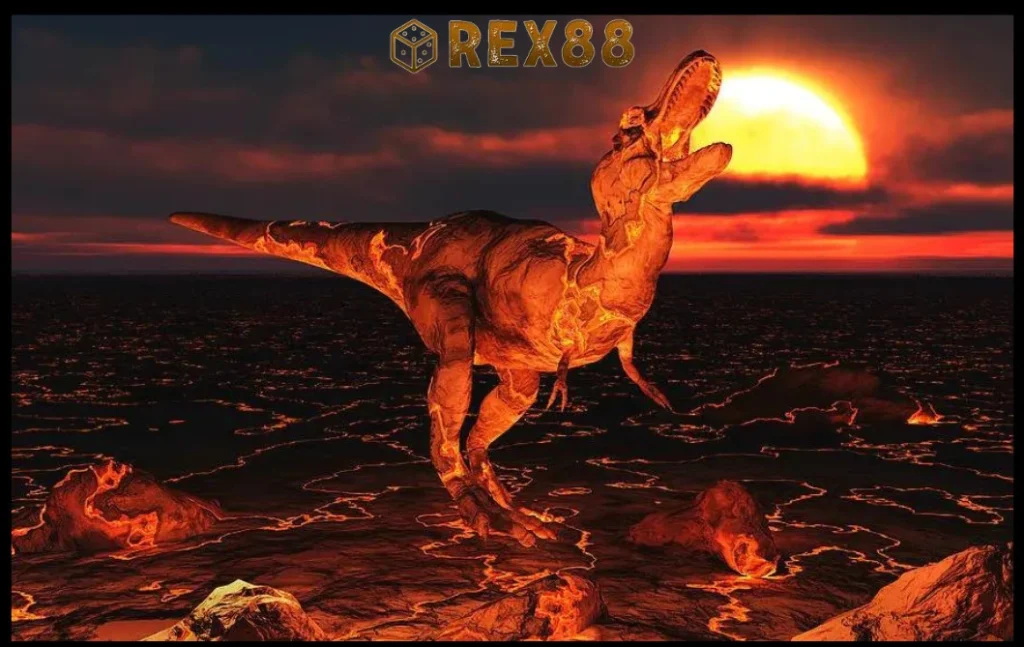
REX88 || Surga Game Online untuk Sensasi Terbaik dan Kemenangan Besar
Dunia game online telah berkembang pesat, dan para pemain semakin mencari platform yang tidak hanya menawarkan sensasi bermain terbaik tetapi juga peluang kemenangan besar. REX88 muncul sebagai salah satu situs game online yang menjanjikan pengalaman bermain yang tak terlupakan dan potensi kemenangan yang menggiurkan.
REX88 Koleksi Permainan yang Luas dan Beragam
Salah satu kekuatan utama adalah koleksi permainannya yang luas dan beragam. Dari game online dengan tema yang menarik hingga game kasino klasik, pemain memiliki banyak pilihan untuk menyesuaikan pengalaman bermain. Kemitraan dengan penyedia perangkat lunak terkemuka menggaransi kualitas grafis dan gameplay yang superior, menciptakan dunia game yang menarik untuk dijelajahi.
REX88 Peluang Kemenangan yang Menggiurkan
Memberikan peluang kemenangan yang menggiurkan kepada pemainnya. Sistem permainan yang adil dan transparan menciptakan lingkungan di mana setiap pemain memiliki peluang yang setara untuk meraih kemenangan besar. Dengan tingkat pembayaran yang kompetitif, REX88 menjadi destinasi yang menarik bagi mereka yang mengincar kemenangan substansial dalam pengalaman game mereka.
REX88 Bonus dan Promosi yang Melimpah
Untuk memberikan nilai tambah kepada pemain, menawarkan berbagai bonus dan promosi yang melimpah, pemain memiliki banyak kesempatan untuk meningkatkan modal dan memperbesar peluang kemenangan. Bonus-bonus ini tidak hanya menjadi dorongan finansial tetapi juga meningkatkan tingkat keseruan dan tantangan dalam setiap sesi bermain.
Turnamen Seru dengan Hadiah Besar
Tidak hanya tentang permainan individu, secara rutin menyelenggarakan turnamen seru dengan hadiah besar sebagai taruhan. Turnamen ini tidak hanya menantang keterampilan pemain tetapi juga menciptakan atmosfer kompetitif yang merangsang adrenalin. Partisipasi dalam turnamen memberikan kesempatan untuk bersaing dengan pemain lain dan memenangkan hadiah-hadiah spektakuler.
Keamanan Data yang Canggih
Dalam dunia game online yang terhubung dengan transaksi keuangan dan data pribadi, menempatkan keamanan sebagai prioritas utama menggunakan teknologi enkripsi tinggi untuk melindungi informasi pribadi dan keuangan pemain dari potensi ancaman keamanan. Kepercayaan pemain adalah langkah-langkah keamanan canggih memastikan setiap pemain dapat bermain dengan nyaman.
Layanan Pelanggan yang Profesional
Layanan pelanggan yang profesional dan responsif. Tim dukungan pelanggan yang berpengalaman siap membantu pemain dengan pertanyaan, masalah teknis, atau bantuan lainnya. Ketersediaan layanan pelanggan 24/7 memastikan bahwa pemain dapat mendapatkan bantuan kapan pun dibutuhkan, menciptakan rasa aman dan kepercayaan di antara komunitas pemainnya.
Opsi Pembayaran yang Fleksibel
Opsi pembayaran yang fleksibel untuk memenuhi kebutuhan beragam pemain. Dari kartu kredit hingga e-wallet, pemain dapat memilih metode pembayaran yang paling sesuai dengan preferensi mereka. Fleksibilitas ini memudahkan pemain dalam melakukan transaksi keuangan tanpa hambatan.
Nikmati Sensasi Game Terbaik dan Kemenangan Besar
Peluang kemenangan yang menarik, bonus melimpah, dan layanan unggulan, RAJAPLAY membuktikan dirinya sebagai destinasi utama untuk para pencinta game online. Keamanan yang canggih, inovasi terus-menerus, dan fokus pada kepuasan pemain. Jika Anda mencari sensasi terbaik dan kemenangan besar dalam pengalaman game online, REX88 adalah tempat yang layak untuk dieksplorasi dan dinikmati.